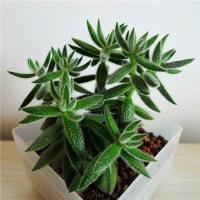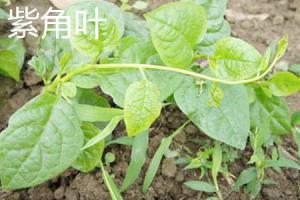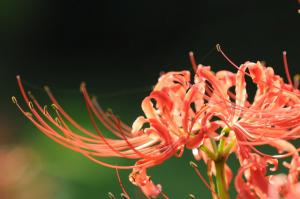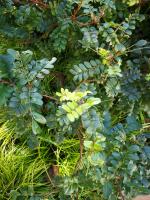Introduction
Manuka trees, also known as Leptospermum scoparium, are native to New Zealand and are highly valued for their medicinal and culinary properties. The honey produced from manuka trees is widely recognized for its antibacterial qualities and is in high demand globally. In recent years, there has been growing interest in planting manuka trees to meet the increasing demand for manuka honey. This article aims to explore how often manuka trees are planted and the factors that influence their growth.
Frequency of Planting Manuka Trees
The frequency of planting manuka trees varies depending on the purpose of planting. For commercial honey production, manuka trees must be planted in large quantities, and the planting pattern should be calculated to optimize the honey yield. The most common planting method for manuka trees is broadcast sowing or drilling, which involves scattering seeds across a wide area or drilling them into the soil. This ensures maximum coverage and encourages natural competition, leading to a higher yield of honey.
The frequency of planting manuka trees for ecological restoration purposes depends on the area's location and the desired outcome. In areas where manuka trees are native, planting is done primarily to restore degraded ecosystems, stabilize soil, and control erosion. In such cases, planting is often done in small numbers, and seedlings are placed strategically to mimic natural conditions.
Factors Affecting the Growth of Manuka Trees
Several factors can affect the growth of manuka trees, including soil type, sunlight, temperature, and rainfall. Manuka trees thrive in well-draining soils with a pH between 4.5 and 7.5. They prefer full sunlight but can tolerate partial shade.
Temperature also plays a crucial role in manuka tree growth, and they can tolerate a wide range of temperatures. However, they grow best in temperate climates with temperatures ranging between 10°C and 20°C.
Rainfall is another essential factor in manuka tree growth, and they prefer moderate to high rainfall. In areas with low rainfall, irrigation may be necessary to ensure optimal growth.
Manuka trees are also vulnerable to pests and diseases, including scale insects, leaf rust, and myrtle rust. Proper care and management practices such as pruning, weed control, and pesticide application can help prevent or mitigate these problems.
Conclusion
In conclusion, manuka trees are planted at varying frequencies depending on the intended purpose, and several factors affect their growth. For commercial honey production, manuka trees are planted in large quantities, broadcast sowing or drilling. In contrast, for ecological restoration purposes, planting is done in small numbers, and seedlings are placed strategically. Soil type, sunlight, temperature, rainfall, and pest and disease management are critical factors in manuka tree growth. By understanding these factors and implementing proper management practices, growers can ensure the success of their manuka tree plantations.

 how many times do yo...
how many times do yo... how many planted tre...
how many planted tre... how many pine trees ...
how many pine trees ... how many pecan trees...
how many pecan trees... how many plants comp...
how many plants comp... how many plants can ...
how many plants can ... how many plants and ...
how many plants and ... how many pepper plan...
how many pepper plan...































